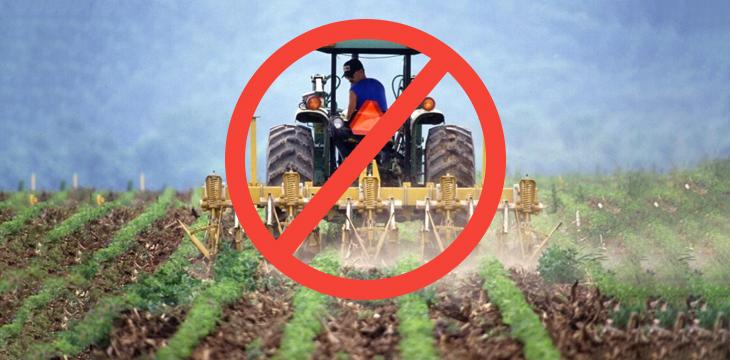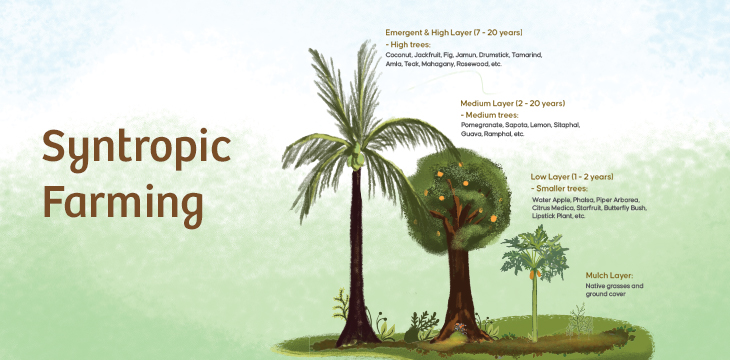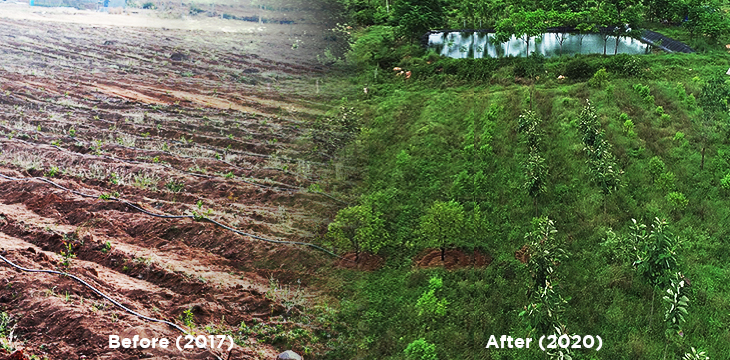April 14, 2021
Author: Dr. Ashutosh Srivastava
Heartwood formation is a complex process in woody plants, where a series of changes occur in the plant both physiologically and cytologically, resulting in formation of heartwood i.e., timber of commerce (Plomion et al. 2001). This blog is written in the simplest form so that a reader without deep knowledge of plant histology and physiology understands the process.
Cytological observations reveal that in the formation of heartwood, the death of the ray cells is preceded by a period of great physiological activity, and then the protoplasmic membrane disintegrates to liberate the extractives (Chattaway 1952). Another school of thought is that the heartwood formation is an aging process in a living tree, through which the parenchyma cells undergo irreversible changes such as degradation of the protoplasm and the disorganisation of the cell’s oxidizing system, without physiological activation during the process (Frey-Wyssling and Bosshard 1959). Based on the published literature, the process of heartwood formation can be listed as following major events (Kokutse et al. 2010).
- Death of parenchyma cells
- Sapwood desiccation
- Lack of water transport
- Accumulation of carbon dioxide and ethylene
All the above processes are directly or indirectly correlated to the stress levels in the plantations. The production cycle followed in Hosachiguru broadly falls in the following growth phases for teak.
| Sr. No. | Stages and age class | Management activity | Results aimed at |
| 1. | Stage I- Vegetative phase
(0-5 years) |
Close initial spacing, Regular watering, fertiliser applications and weed free growth | Straight clear bole. Maximum biomass accumulation with a girth class of 18+ inches for all the trees. |
| 2. | Stage II- Withdrawal phase preparing for first harvest (6-7 years) | No watering or fertiliser application for the 6th and 7th year. | Enhanced stress for the trees resulting in death of parenchyma cells, desiccation of sapwood and heartwood formation. |
| 3. | Stage III: First harvest
(End of 7th year) (Optional In High rainfall area) |
Removal of alternate rows of the plantation, resulting in opening up of crown and additional space of retained trees for girth increment. | Intermediate returns from the first harvest and more importantly providing a boost for remaining trees for girth growth. |
| 4. | Stage IV: Booster phase
(8th-10th year) |
Application of irrigation and fertilisers to the retained trees intensively. | Additional boost to the retained trees due to opening of crown and application of irrigation and fertilisers. Aim is to have all the retained trees with 24+ to 36+ inches of girth. |
| 5. | Stage V: Heartwood induction phase
(11th-15th year) |
No irrigation, no fertiliser application, silvicultural operations like root pruning, girdling and ethereal application for induced stress in plants. | Ensure maximum conversion of sapwood and heartwood through stress indication. The plantation will be ready for harvesting by the end of 14th-15th year. |
It may be noted that, at Hosachiguru we aim to support the natural cycles in tree growth patterns in order to achieve maximum commercial timber yield in shorter rotation periods.
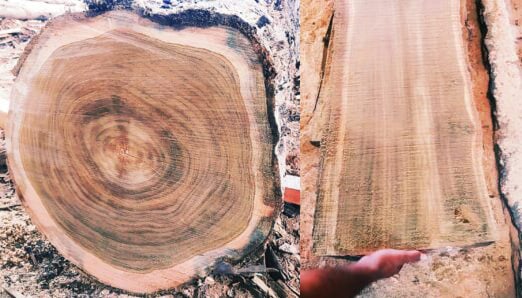
Images: Good quality heartwood formation in a 17 year old Teak tree after stressing
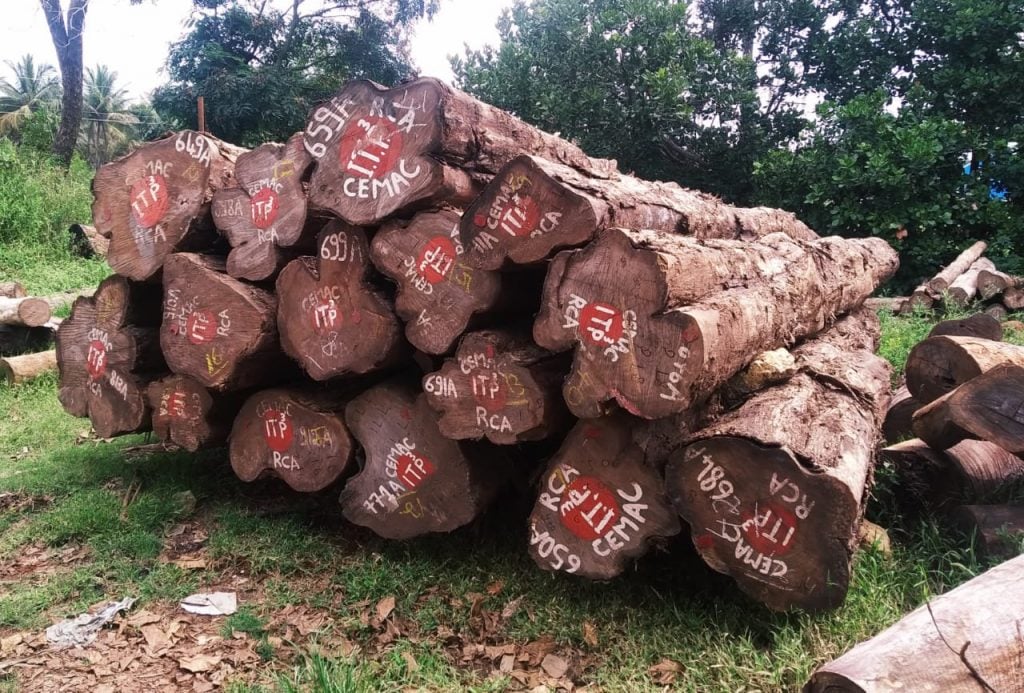
Image: Poor quality heartwood formation of a 20-30 year old Teak tree, harvested from a forest in Central Africa.




